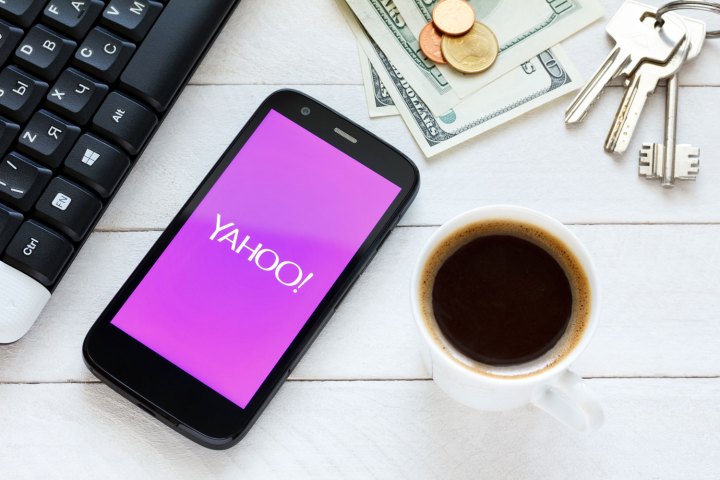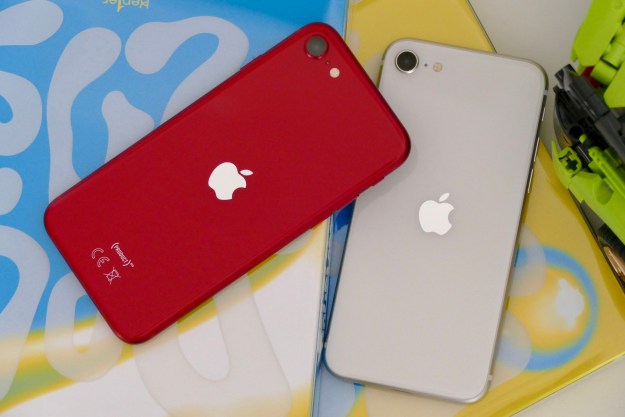
First off, Yahoo comes with a new photo-upload feature that promises to bridge the gap between your phone and desktop, making for a more seamless photo sharing experience. Once users have enabled the feature, all recent camera roll photos will be made available on the desktop version of Yahoo Mail as well. And with Yahoo’s image recognition technology, you’ll also be able to search your photos in the sidebar with keywords — just type in “beach” and see all the pictures from your last trip to the Caribbean. You can enable this feature on your iPhone by heading over to Settings > Photo Upload, and tapping the “Upload photos” toggle.
As for the Caller ID feature, Yahoo will extract information from your email contacts, supplementing data already found in your address book. “If you’re like most of our users, you have at least 200 phone numbers sitting in your email,” Yahoo notes, “Now, your contact’s name will surface with the call; and Yahoo Mail will update names in your call history or when you dial.”
In order to enable this feature on any iPhone running iOS 10 and above, just head over to Settings > Phone > Call Blocking & Identification, then toggle the switch for Yahoo Mail to the “on” position.
“With smarter contacts and better photo-sharing, we’re helping users take full advantage of their inbox,” company vice president for product management Michael Albers said in a blog post announcement. “They’ll never have to guess who’s calling or email themselves a photo again.”


